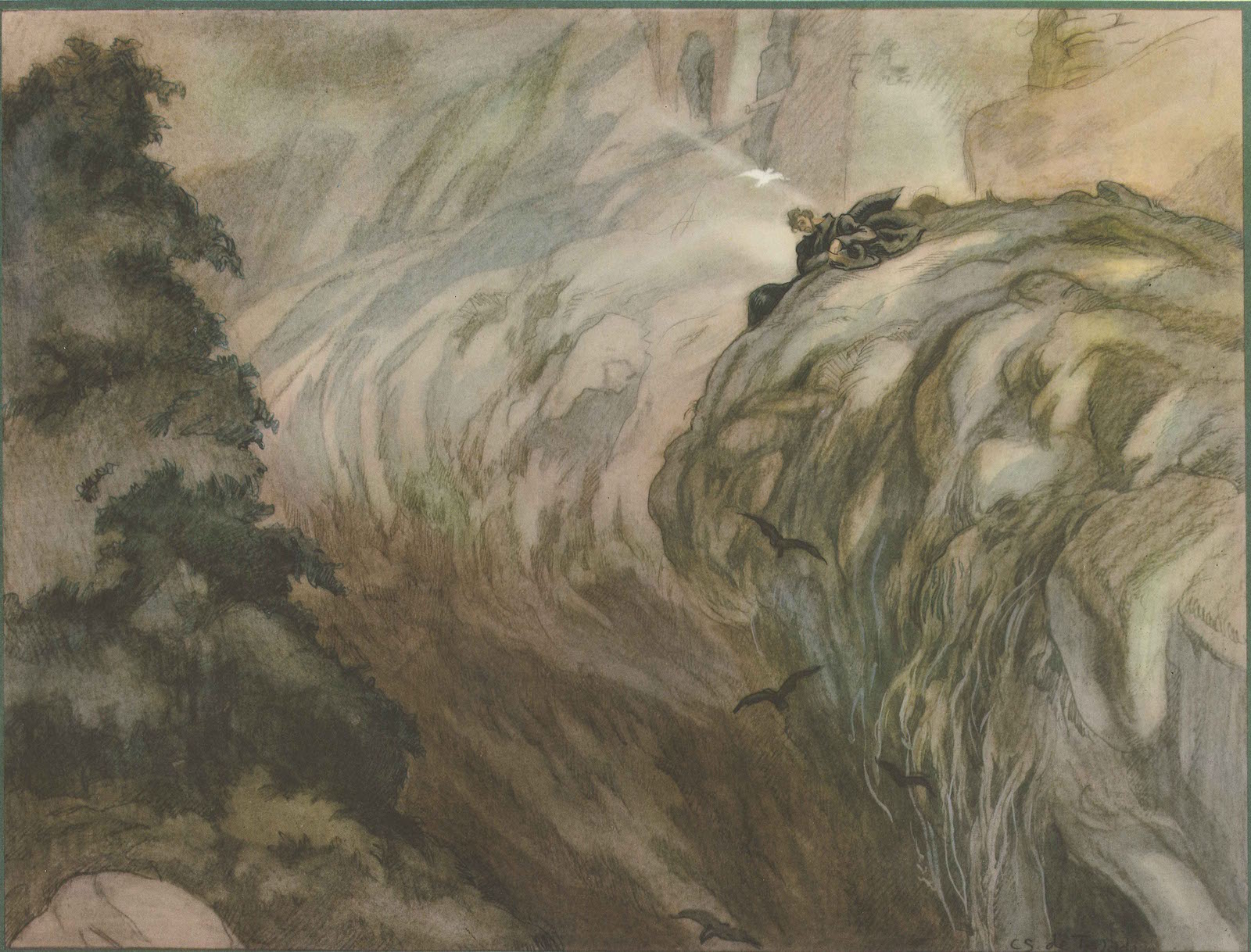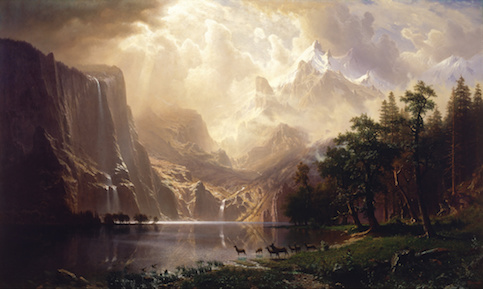Transcendental
The essence of mysticism is the sense of contact with the Divine or Transcendent. This excellent definition came from the Encyclopaedia Britannica. The “sense” because there is always the doubt of what we are actually experiencing.
St. Francis Receives the Stigmata by Villa Castelvecchi di Cigoli, 1596, Galleria degli Uffizi, Florence. Stigmata are body marks corresponding to crucifixation wounds suffered by Jesus. |
 |
|---|
St. Francis of Assisi, 1181-1226, represents what can be considered as an attempted reformation of sorts in the Church of the early middle ages. St. Francis embraced Jesus-like poverty and tried to restore His values and ideals, while the Church, at that time, was rich, powerful and decadent in many ways. Francis started the Franciscan order and movement to return to spiritual work that was missing in the hierarchy of the Church. Saint Francis of Assisi took a vow of poverty in an imitation of Christ. What a stark contrast between the emperor-like popes and the pious friar St. Francis. There likely may have been some persecution of the Franciscans by the Church.
St. Ignatius and the Vision at the River Cardoner by Carlos Saenz de Tejada, permission of the Jesuit Institute |
 |
|---|
St. Ignatius of Loyola, founder of the Jesuits, was a Basque soldier, in Spain and had a conversion during recovery from a wound. There appears to be a large number of mystics at that time in history, and he was influence by the vast amount of literature and religious fervor at the time (Counter-Reformation). Ignatius wrote Spiritual Exercises in 1522 to help create movement toward direct communion with God (mystical union). Part of the process is "to discern" between "good and evil spirits" that draw us in different directions. Sounds similar to Jung's descriptions of the "shadow" and psychic projections onto the "surface" our our consciousness.
Both Francis and Ignatius received mystical visions and went on to found orders, Franciscans and Jesuits. And, again, interestly, these order were involved with the Spanish and French efforts to conquer the Americas, and both orders were (are) involved in education.
Transcendent is a very confusing word, because it is used in many different and even opposite ways. The word itself comes from "trans" meaning across and "cend" meaning climb - to climb across.
Some would say that a transcendent deity is beyond time and beyond us, unrealizable in human experience. Some with a personal type view of God, may say that God transcends to us through Jesus. The mystics will say that the human soul can transcend, or rise above the profane, to experience union with the Divine.
Among the Sierra Nevada Mountains by Albert Bierstadt, 1868, Smithsonian American Art Gallery, Washington, D.C. |
 |
|---|
This painting is part of the Hudson River School and Romanticism period. Nature and immanence of God are key. Immanence refers to the presence or manifestation of God, the Divine, in the material world. In some ways, immanence and transcendence are opposite words, but the "Transcendential Movement" brought them together. Ralph Waldo Emerson, Henry David Thoreau and Margaret Fuller, among many, popularized the Transcendentalism movement in the 1800's. The Unitarian Church was also a major influence. Inner spiritual experiences replaces rationalism of the "enlightenment and scientific revolution". Emerson's the "Over-soul" describes the relation of the human soul to God and may be similar to Eastern philosophy concepts of "Oneness".
And mystics throughout the ages have used terms such as “spiritual marriage of the soul with God”. William Law, a Quaker, wrote of the inner Christ, the Divine Life in the soul. So there is this transcendental tradition of the realization of “climbing across” in the history of the Christian mystics, but we do not see much of it in our Sunday School classes.
Romans 6:3-11 "Do you not know that all of us who have been baptized into Christ Jesus were baptized into his death? Therefore we have been buried with him by baptism into death, so that, just as Christ was raised from the dead by the glory of the Father, so we too might walk in newness of life." This is not just a call to have Faith and believe that Jesus died for us and we will be saved. It is a call for the mystical process of dying with Christ, and then union with Christ.
Conversion of Saint Paul by Luca Giordano, 1690 Musee des Beaux-Arts de Nancy, France |
 |
|---|
On the surface of some of the ancient, so-called pagan Mystery religions there was an exoteric (for the general public) pantheon of gods, that we commonly refer to as mythology. But in the inner chambers, there were esoteric initiations involving symbolic death and resurrection, the Eleusinian mysteries for example. Paul is calling for this same initiation in Romans.
In the Letters of Paul there are several indications that Paul is teaching about the Savior on two levels: a literal lower level for the many, and a higher more symbolic level for the few or elect. Elaine Pagels pointed this out in her book "The Gnostic Paul". It makes sense and was part of the Gnostic way, they too had their elect. The Church created a religion for the masses, as individual gnosis on a wide scale would be chaotic - as we can see on the democratic world wide web there is an unbelievable array of viewpoints.
The Next Reformation will be able to read the New Testament on two levels, and acknowledge that The Divine Light is a universal principle and is available to all on the path - in any or no religion.


